Increasing Prevalence of Chronic Diseases
The rising incidence of chronic diseases such as diabetes, cardiovascular disorders, and neurodegenerative conditions is a primary driver of the Stem Cell Therapy Market. As these diseases become more prevalent, the demand for innovative treatment options intensifies. Stem cell therapies offer potential solutions for conditions that are otherwise difficult to treat. According to recent estimates, chronic diseases account for approximately 70% of all deaths worldwide, underscoring the urgent need for effective therapies. This growing patient population is likely to propel investments in stem cell research and development, thereby expanding the market. Furthermore, advancements in stem cell technology may lead to novel therapies that could significantly improve patient outcomes, further driving market growth.
Regulatory Support and Evolving Guidelines
Regulatory support and evolving guidelines are crucial drivers of the Stem Cell Therapy Market. Regulatory bodies are increasingly recognizing the potential of stem cell therapies, leading to the establishment of clearer pathways for approval and commercialization. This supportive regulatory environment is likely to encourage more companies to invest in stem cell research and development. Recent initiatives aimed at expediting the approval process for regenerative therapies suggest a commitment to fostering innovation in this field. As regulations become more favorable, the market is expected to expand, with more therapies entering the market. This evolution in regulatory frameworks not only enhances the credibility of stem cell therapies but also instills confidence among investors and stakeholders.
Rising Investment in Regenerative Medicine
The increasing investment in regenerative medicine is a significant driver of the Stem Cell Therapy Market. Governments, private investors, and pharmaceutical companies are channeling substantial funds into stem cell research and development. This influx of capital is fostering innovation and accelerating the commercialization of stem cell therapies. Reports indicate that the regenerative medicine market is expected to reach over 100 billion dollars by 2025, with stem cell therapies constituting a considerable portion of this growth. The financial backing not only supports clinical trials but also enhances infrastructure and technology development, which are crucial for advancing stem cell applications. As the market matures, the potential for lucrative returns on investment is likely to attract even more stakeholders.
Technological Advancements in Stem Cell Research
Technological innovations in stem cell research are transforming the Stem Cell Therapy Market. Breakthroughs in gene editing, cell reprogramming, and biomanufacturing techniques are enhancing the efficacy and safety of stem cell therapies. For instance, the development of induced pluripotent stem cells (iPSCs) has opened new avenues for regenerative medicine, allowing for patient-specific therapies. The market is projected to witness substantial growth, with estimates suggesting a compound annual growth rate of over 10% in the coming years. These advancements not only improve treatment outcomes but also reduce the risks associated with traditional therapies. As research continues to evolve, the potential applications of stem cell therapies are likely to expand, further driving market dynamics.
Growing Awareness and Acceptance of Stem Cell Therapies
The increasing awareness and acceptance of stem cell therapies among healthcare professionals and patients are pivotal for the Stem Cell Therapy Market. Educational initiatives and successful case studies are contributing to a more informed public, leading to greater demand for these innovative treatments. Surveys indicate that a significant percentage of patients are willing to consider stem cell therapies for various conditions, reflecting a shift in perception. This growing acceptance is likely to enhance market penetration and drive sales. Additionally, as more healthcare providers become familiar with the benefits and applications of stem cell therapies, the integration of these treatments into standard care protocols may become more prevalent, further bolstering market growth.
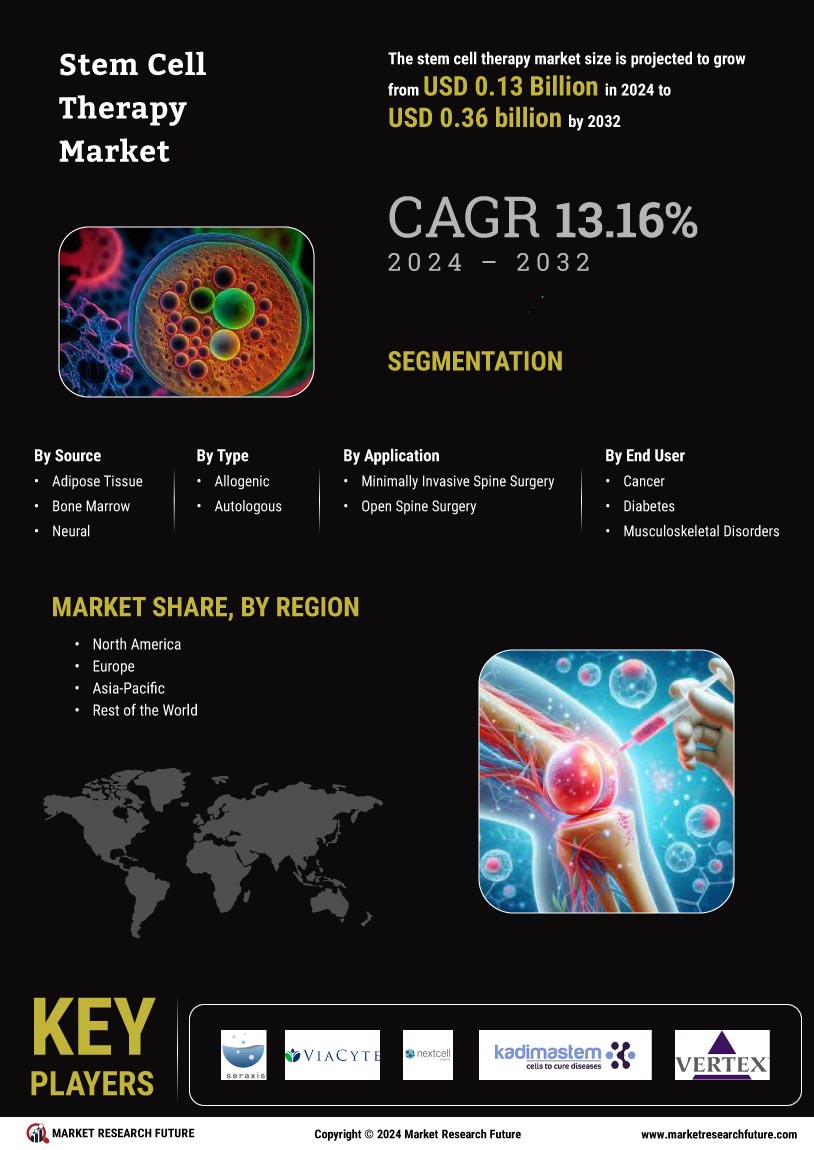


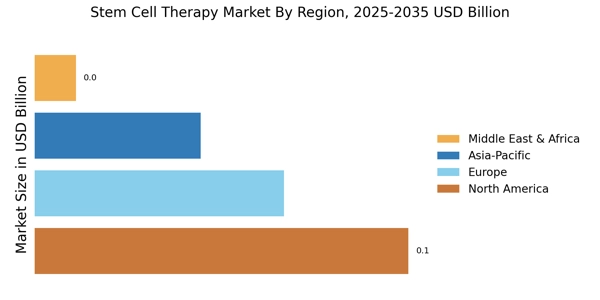
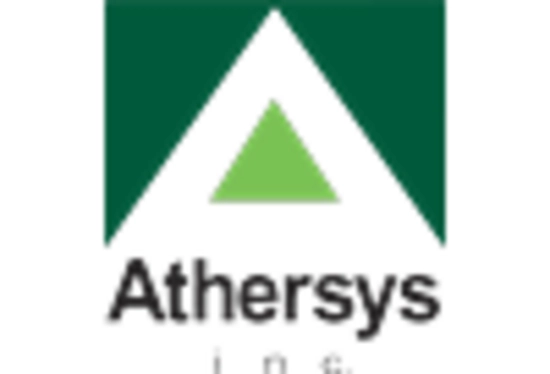
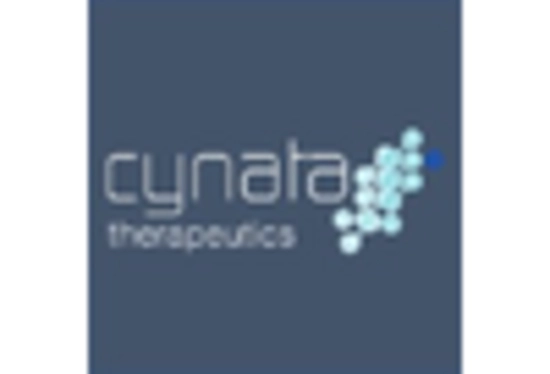
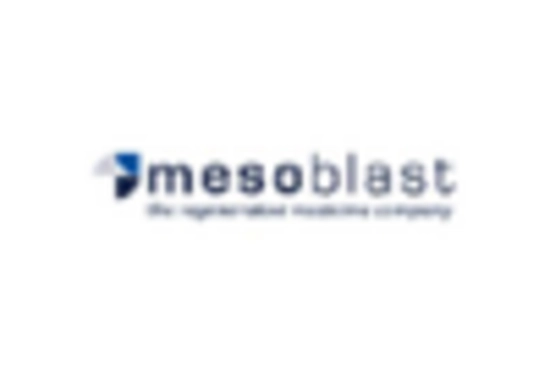
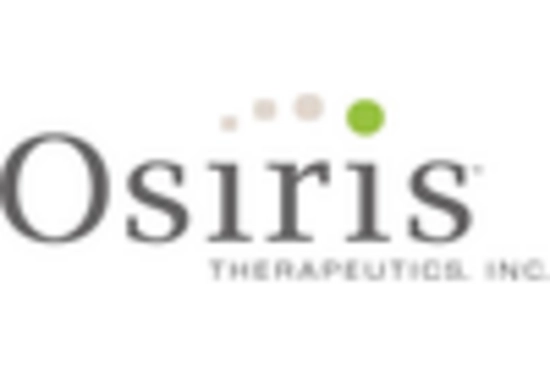
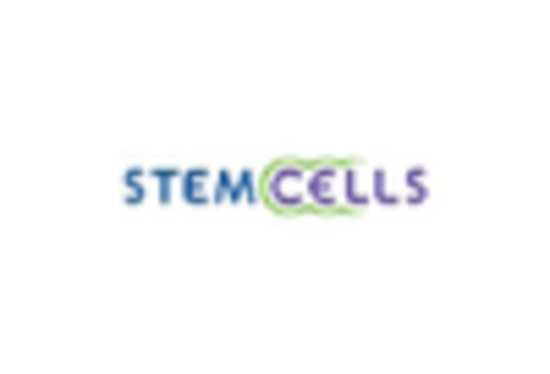
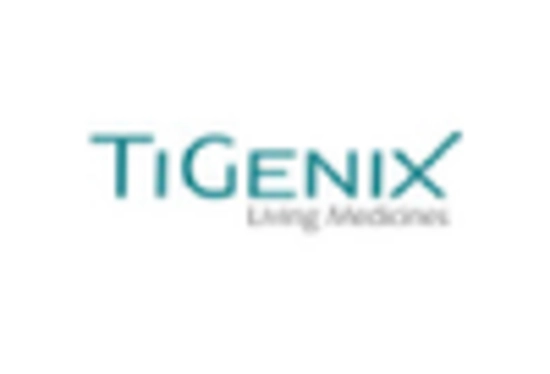








Leave a Comment